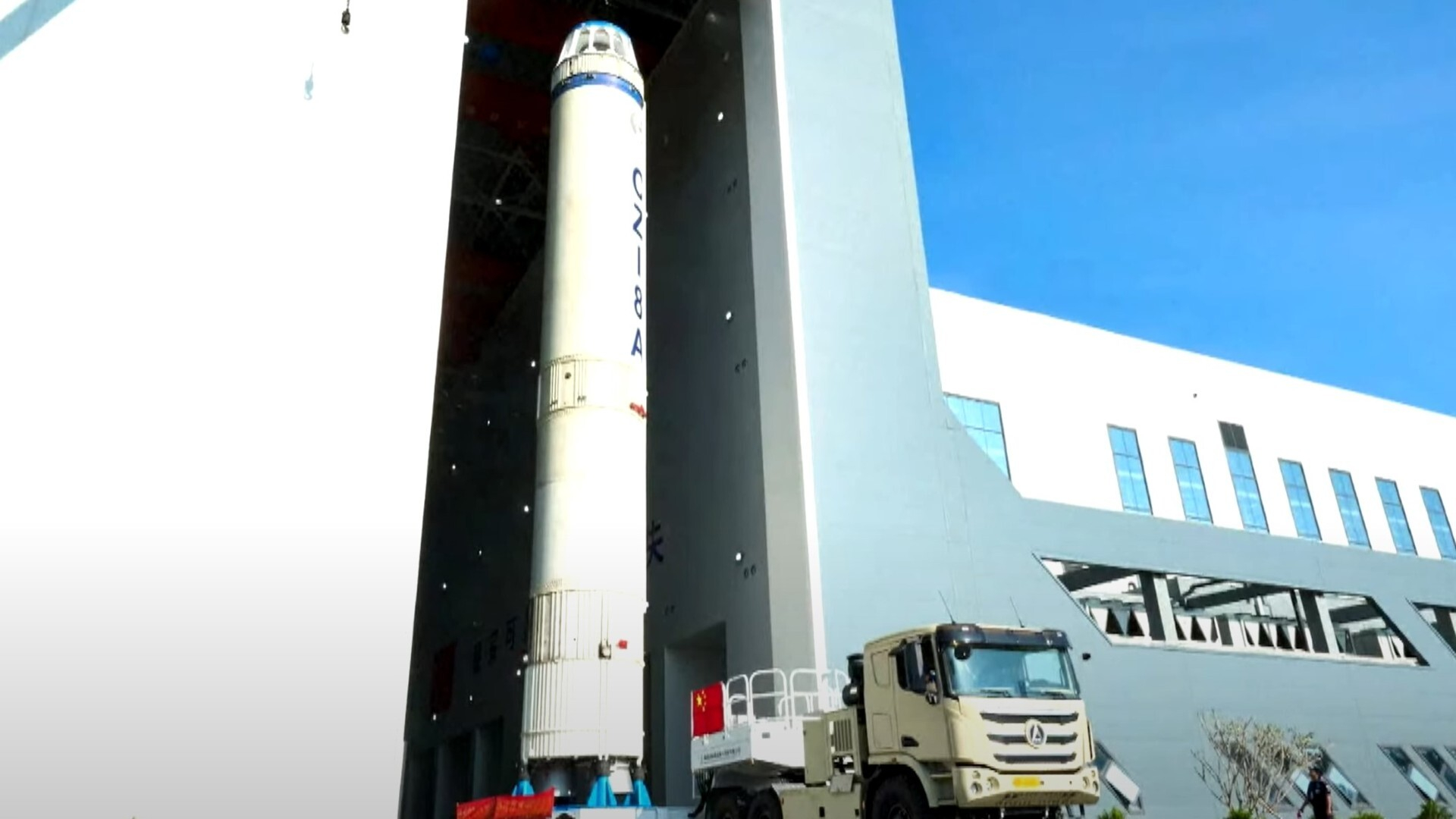
China completed a launch site rehearsal for a new, improved rocket this month.
Teams at the new Hainan commercial space launch site conducted tests with the first Long March 8A rocket including integration with the launch pad and fueling. The new launcher is now set to fly for the first time around December.
The rocket's developer, the China Academy of Launch Vehicle Technology (CALT), says the rocket is a modified version of the Long March 8. It boasts an increased payload capacity and enhanced mission adaptability and will provide crucial support for large-scale satellite constellation deployment, according to CALT.
China has a number of planned megaconstellations, including the 14,000-strong G60 communications constellation and Guowang.
Related: China's mysterious space plane returns to Earth after 268 days in orbit
The Long March 8A is an expendable rocket which can send a payload of up to 7.7 tons (7,000 kilograms) to a 435 miles (700 kilometers) sun-synchronous orbit (SSO). The standard Long March 8 — which has launched four times so far since 2020 — can carry 4.5 tons to the same orbit. Both rockets use engines for its main stage and side boosters which burn liquid kerosene and liquid oxygen.
The new Long March 8A achieves this greater lifting power with upgraded second stage liquid hydrogen-liquid oxygen engines. The 8A also features a payload fairing measuring 17 feet (5.2 meters) in diameter, allowing it to carry more volume and thus more satellites into orbit.
The Long March 8 and its 8A variant have a dedicated launch pad at the new Hainan commercial launch site. This, along with China's ambitious constellation plans, means we are likely to see regular launches of the rocket series.
A launch for the new G60, or "Thousand Sails", constellation is expected to be the first launch from the new spaceport in the near future, according to CALT. First teams will need to assess the damage to the spaceport from Typhoon Yagi, which hit Hainan over the weekend.







